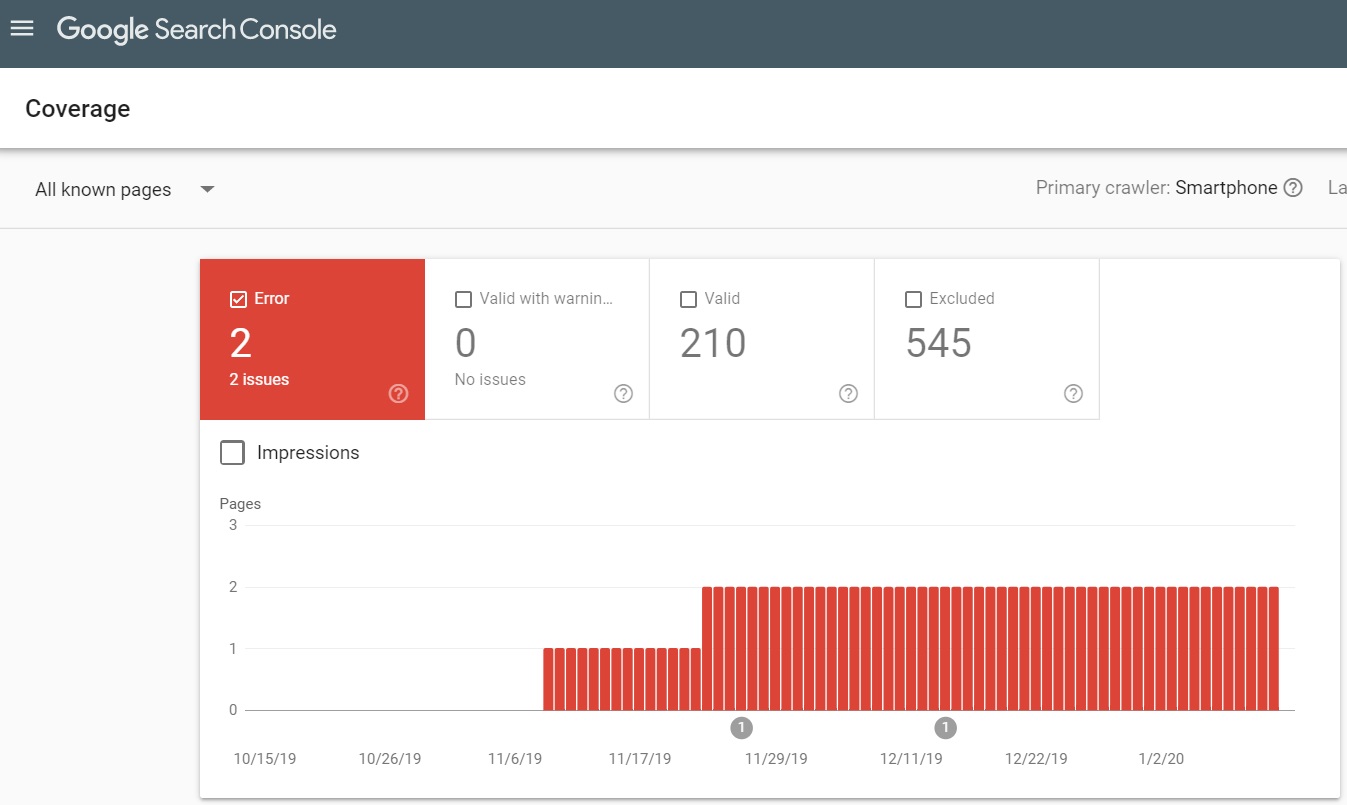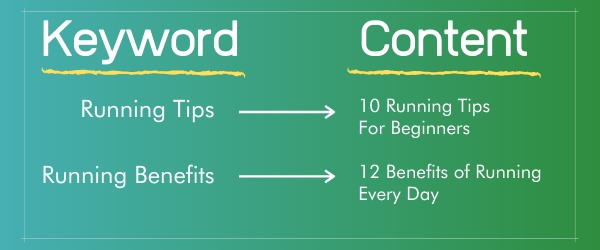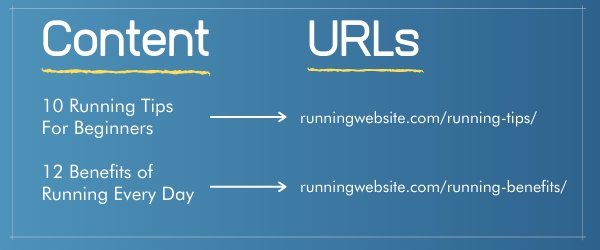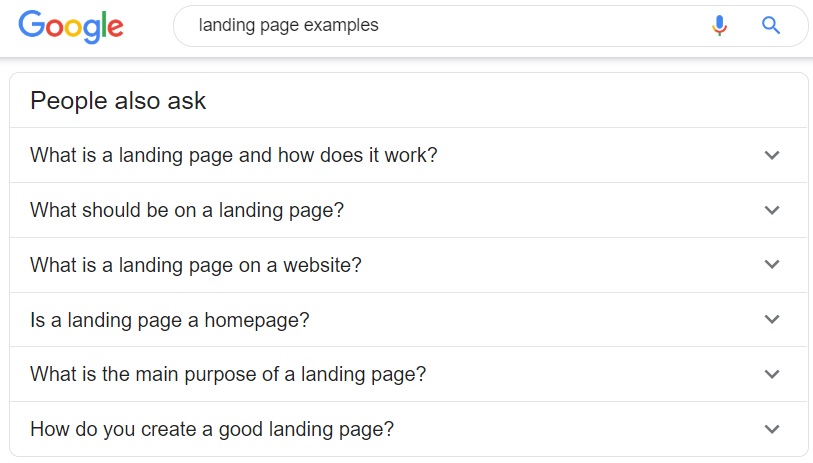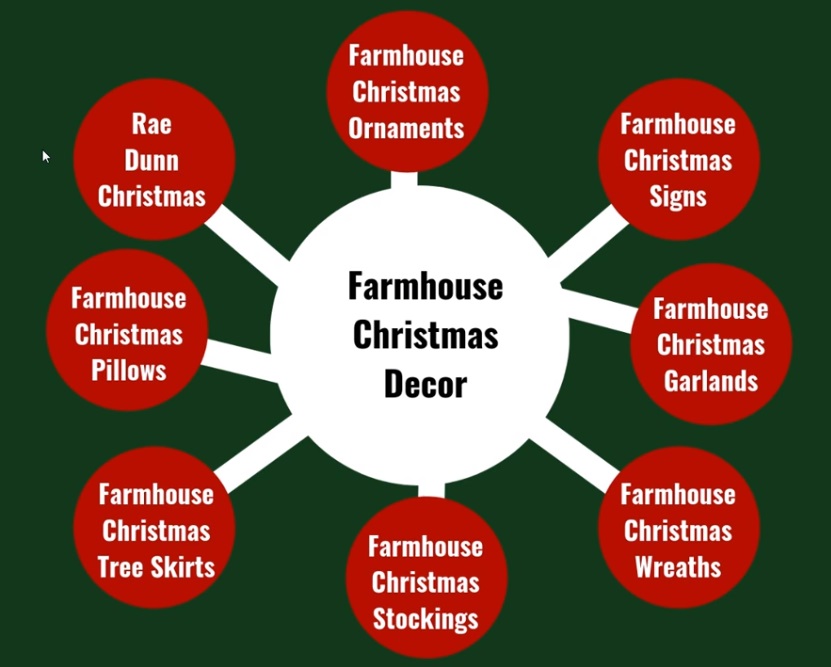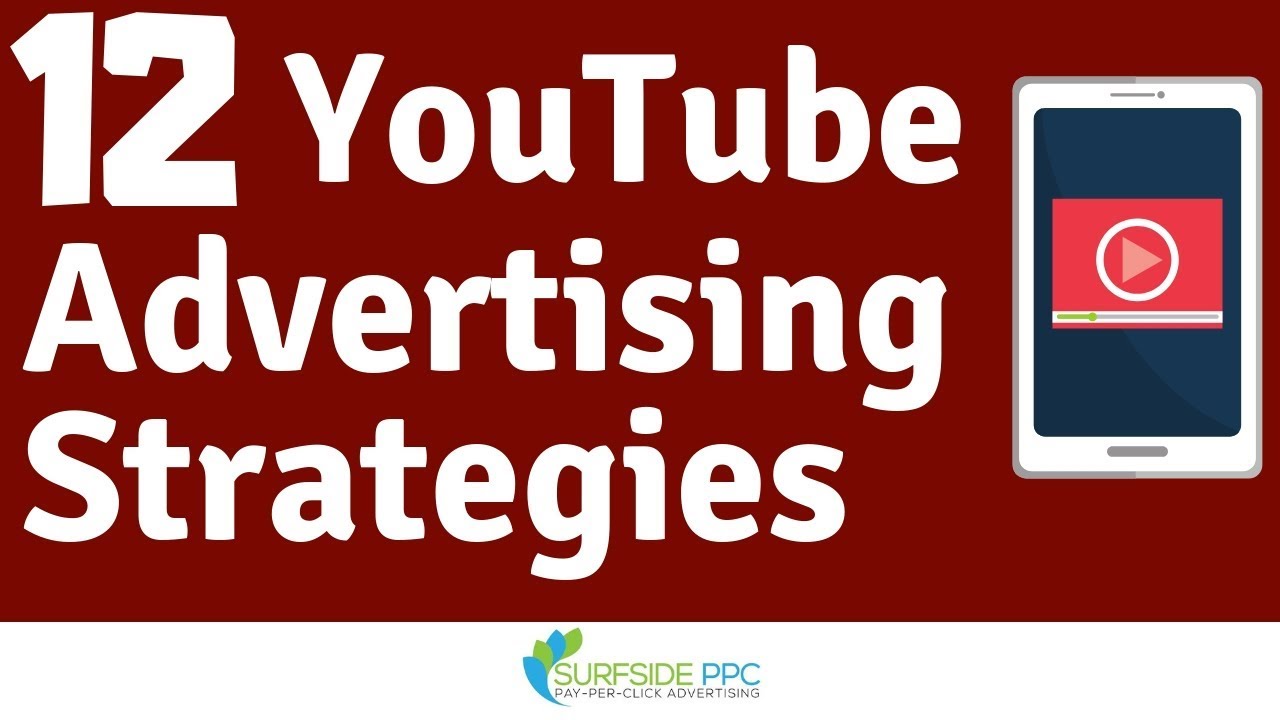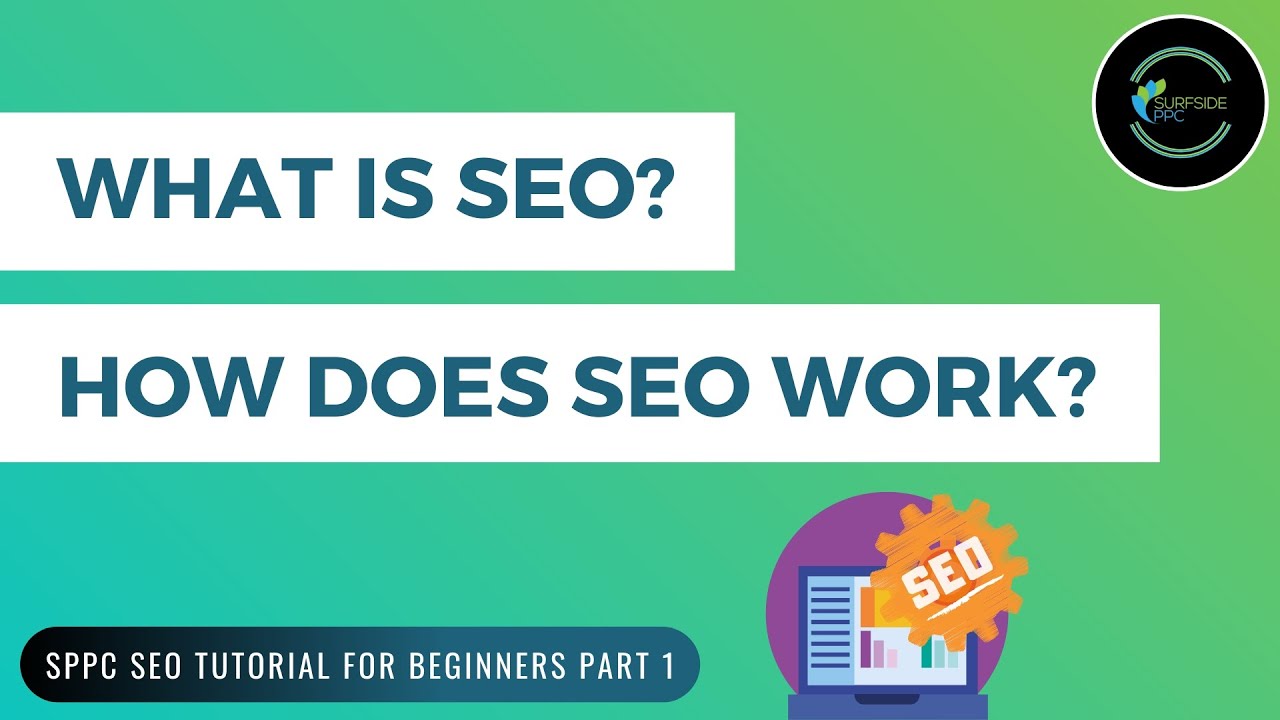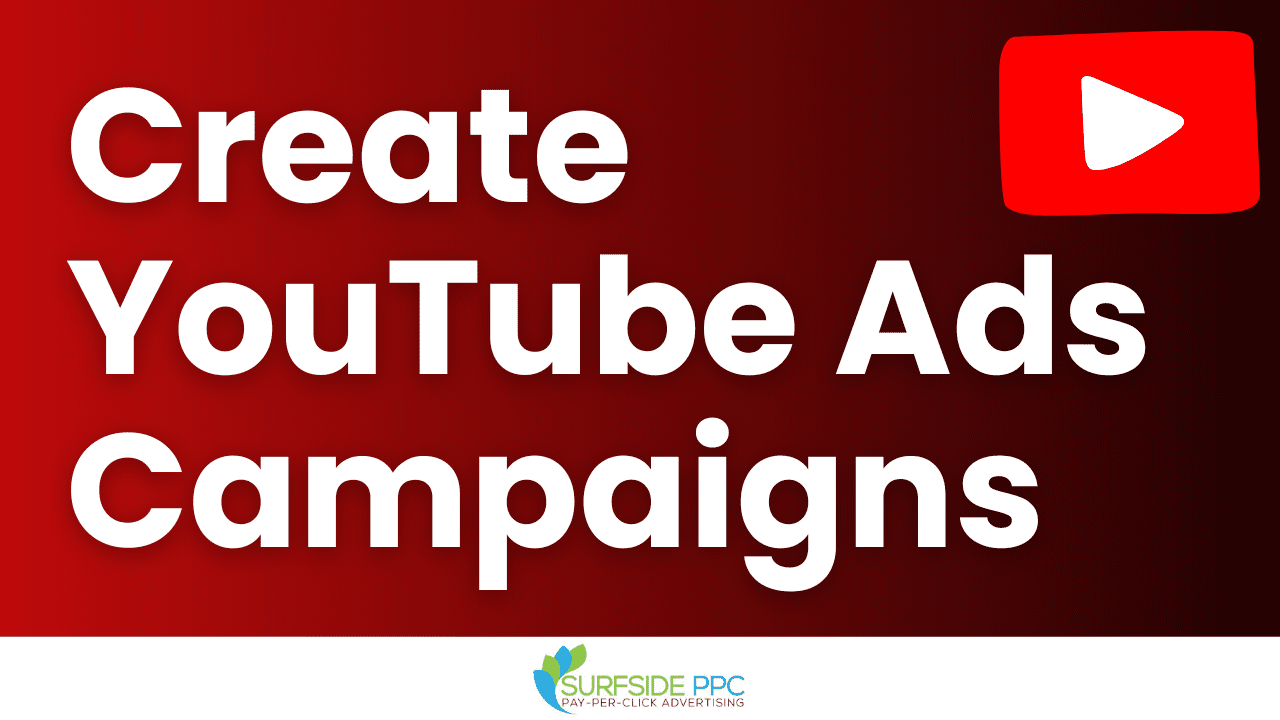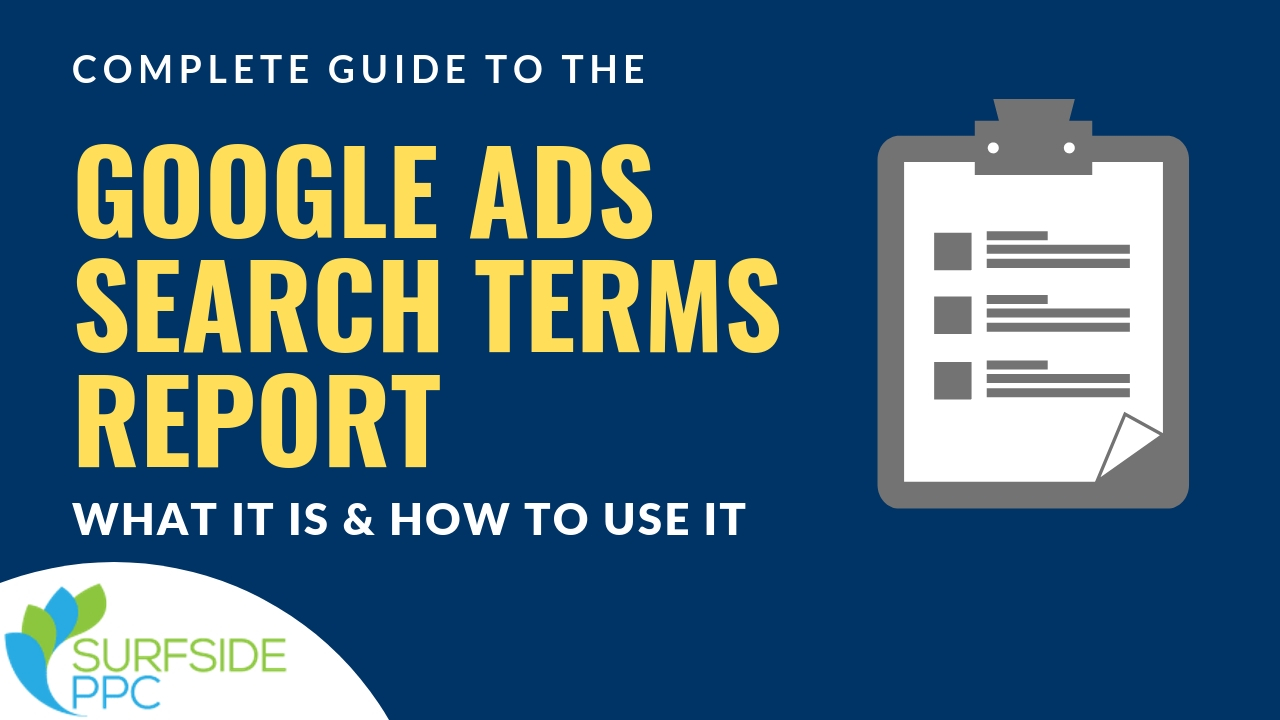Search Engine Optimization is a long-term process to rank your website and your content high in search engines. It’s very difficult, especially for new websites that are just getting started. However, there are simple systems and best practices you can follow every single day to keep improving your website traffic.
I put together the 10-step SEO strategy that I utilize to rank higher in 2020 and beyond. You can find a video below or directly on YouTube.
SEO Process Video
My Simple 10-Step SEO Process
If you follow the simple steps below and stay consistent, your website and your content will start to rank higher in search engines.

The key with any SEO project is consistency and focus. Focus on the topics and the keywords that will drive additional traffic back to your website and create or improve content every single day.
1. Understand the Main Topics and Sub-Topics Your Website Will Focus On
When you create content, you want to focus on topics that will drive people to your products and/or services.
For example, a company that sells and repairs hot tubs should write articles and create videos about how to clean hot tubs, hot tub temperatures when using, and how to drain a hot tub.
Look at the image below, a quick Quora search can help you find plenty of questions that people have about any topic.
Question to Answer: What are the main topics that your website and your content will focus on?
2. Make Sure Website is Indexed, No Website Crawl Errors in Search Engines, Adequate Website Loading Speed
It may seem obvious, but crawl errors and indexing errors can seriously hinder your traffic. In addition, a slow website is not only difficult for the users of your website, but it can also be penalized by search engines.
You can use Google Search Console to find coverage errors and warnings for your website.
Questions to Answer: Is your website indexed without any major crawl errors from search engines?
3. Keyword Research for SEO
In step 1, I mentioned the topics you want to cover. One great way to find topic ideas and content ideas is by doing keyword research for SEO. If you want to rank for a specific niche, you want to have a great content strategy for your top keywords.
The video below can be helpful when you want to learn how to find the top keywords for your business.
Keyword Research Video
Question to Answer: Do you have a list of keywords that potential customers will search?
4. Create Content for Top Keywords
After you create a list of your top keywords, you want to create content that will rank in search engines for those keywords. “Content” can include blog posts, guides, infographics, videos, podcasts, and more.
Question to Answer: Do you have a content creation, publishing, and distribution strategy for your keyword list?
5. Use Long-Term SEO Friendly URLs
You want to create pages with URLs that can be updated over time.
For example, instead of using URLs that exactly match your content, use URLs that match the keywords you are targeting. That will allow you to keep your content relevant without having to update the page URL each time you do it.
Question to Answer: Do you create pages with URLs that can be updated periodically to keep content relevant?
6. Optimize On-Page SEO
On-Page SEO includes factors like title tags, meta descriptions, header tags, image alt tags, internal linking, and external linking. In addition, you want to make sure your website is fast in terms of loading speed and easily accessible by users.
Question to Answer: Is your website and is your content optimized for search engines?
7. Answer Commonly Asked Questions Provided by Google
When you type almost anything into Google, you will find a box that lists some of the top questions that ‘People also ask.’ It’s a great section for writers to understand exactly what people are looking for in Google. Since you should focus on creating comprehensive content, you should answer those questions as you write blog posts.
Question to Answer: Do you utilize the ‘People Also Ask’ portion of Google to answer common questions?
8. Continue to Improve and Update Website Content
The main reason you want to use long-term SEO-friendly URLs is that you can update your website content and pages over time. It is a best practice to keep your content updated at least on a yearly basis.
If you are looking for a long-term SEO strategy, the video below will be very helpful.
Question to Answer: Do you periodically update your website content to keep it relevant?
9. Create Topic Clusters for Short-Tail and Long-Tail Keywords
Topic Clusters were originally introduced by Hubspot. Essentially, you want to focus on covering topics comprehensively, which may involve creating different pieces of content. You then want to link all of those subtopic pages to one main topic page.
The example below shows how I did this on my website Farmhouse Goals for the topic of ‘Farmhouse Christmas Decor.’
You can also watch the video below for more information about topic clusters.
Question to Answer: Does your content work together to ensure you are covering topics comprehensively?
10. Use Content Marketing and Build Backlinks to your Website
The best way to build backlinks is by creating great content consistently and marketing your content. When you consistently write great articles and create high-quality videos, you will start to build an audience. Your audience will share your content and other websites will link to your website if you have useful information.
Question to Answer: Do you have a strategy to market your content and improve your website’s backlink profile?
In Summary
The main takeaway is that you need to build your website, your pages, and your content around the most popular keywords related to your products and services. From there, you want to remain consistent and continue to improve and stay relevant over time. Last but not least, don’t let any technical aspects of SEO hold your website back.
If you keep improving your content, your rankings will improve and so will your organic search engine traffic.


